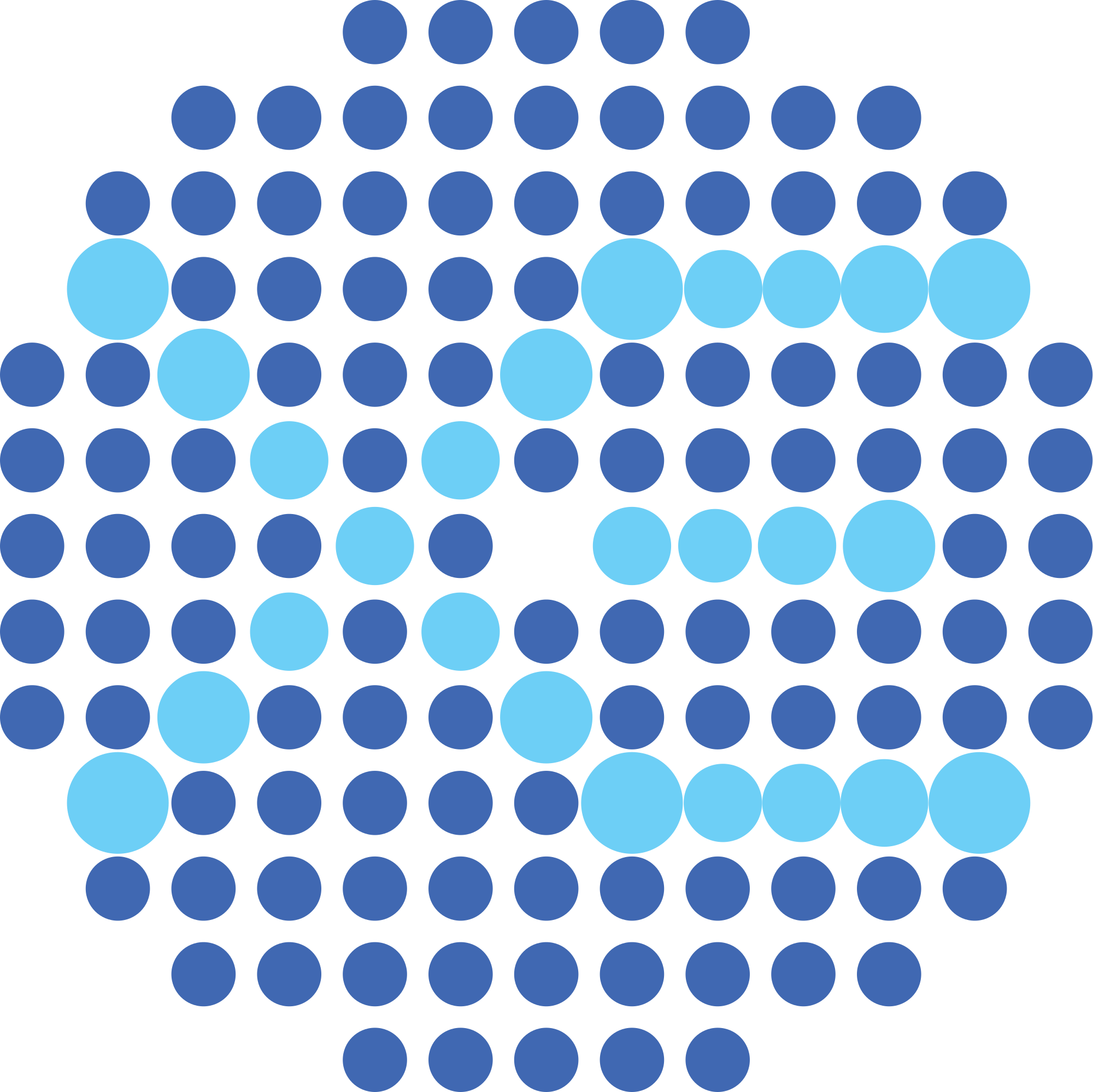XENON talk at Patras Workshop
A talk on the XENON project was given at the 15th Patras Workshop on Axions, WIMPs and WISPs, which was held in Freiburg (Germany) in the first week of June. Andrea Molinario from the Gran Sasso Science Institute and Laboratori Nazionali del Gran Sasso presented the most recent results from the data analysis of XENON1T, […]
Signal Reconstruction, Calibration and Event Selection in XENON1T
Since the first release of dark matter search results based on the 1 tonne-year exposure of the XENON1T experiment, the collaboration has published more WIMP signal searches based on the same dataset. Those articles are usually written in a brief way and are focusing on the communication of the scientific results. In order to give […]
XENON at EPS-HEP2019
XENON was on the agenda at the European Physical Society Conference on High Energy Physics 2019 (EPS-HEP2019), which was held in Ghent, Belgium in the middle of July. The talk, presented by Adam Brown from the University of Zurich group, concentrated on results from XENON1T and also provided an overview of the work which is […]
Search for light dark matter interactions enhanced by the Migdal effect in XENON1T
When a particle elastically scatters off a xenon nucleus, it has been assumed that electron clouds immediately follow the motion of the nucleus, but in reality it takes some time for the atomic electrons to catch up, resulting in ionization and excitation of the atom. This effect is called the Migdal effect, which was predicted by A. B. Migdal and recently reformulated […]
Talk at Lepton Photon 2019
A talk on the measurement of the double electron capture half-life of xenon-124 with the XENON1T experiment was given at the Lepton Photon 2019 conference in Toronto in August 2019. Ethan Brown from Rensselaer Polytechnic Institute presented this exciting result, demonstrating the power of the ultra-low background in XENON1T. This yielded the measurement of the longest […]
The XENON1T Data Acquisition System
Featuring several kilometers of cables, dozens of analog electronics modules, crates of purpose-built specialty computers, and backed by a small server farm, the XENON1T data acquisition system (DAQ) was designed to put our data onto disks. The XENON Collaboration recently published a technical paper on our DAQ in JINST, of course also available on arXiv. […]
What is Dark Matter made of?
Part of the mystery of Dark Matter is that we know it is there– just not what it is. In Discover magazine you can read about some of the top candidates: https://www.discovermagazine.com/the-sciences/what-is-dark-matter-made-of-these-are-the-top-candidates. The primary candidate that XENON searches for is a Weakly Interacting Massive Particle (WIMP): Including our main spin-independent search, as well as further WIMP interaction models. […]
Distillation campaign for XENONnT finished
The up-coming XENONnT experiment utilizes a total of 8.3 tonnes of xenon to search for the ever elusive dark matter particles. In addition to the existing 3.3 tonnes of ultra-pure xenon from XENON1T, another 5 tonnes of xenon were purchased by the XENON collaboration. Before the new gas can be used for XENONnT, it needs […]
XENON at the 2019 Swiss-Austrian Physical Society Meeting
Five members of the University of Zurich group participated at the 2019 Swiss-Austrian Physical Society Meeting in Zurich, Switzerland. Adam Brown contributed with a poster on the XENONnT upgrades and status and Ricardo Peres on the software for the supernova early warning system: Giovanni Volta, Michelle Galloway and Chiara Capelli contributed with talks on the general XENON1T […]
The XENON1T Data Acquisition System
Featuring several kilometers of cables, dozens of analog electronics modules, crates of purpose-built specialty computers, and backed by a small server farm, the XENON1T data acquisition system (DAQ) was designed to put our data onto disks. The XENON Collaboration recently published a technical paper on our DAQ in JINST, of course also available on arXiv. […]
